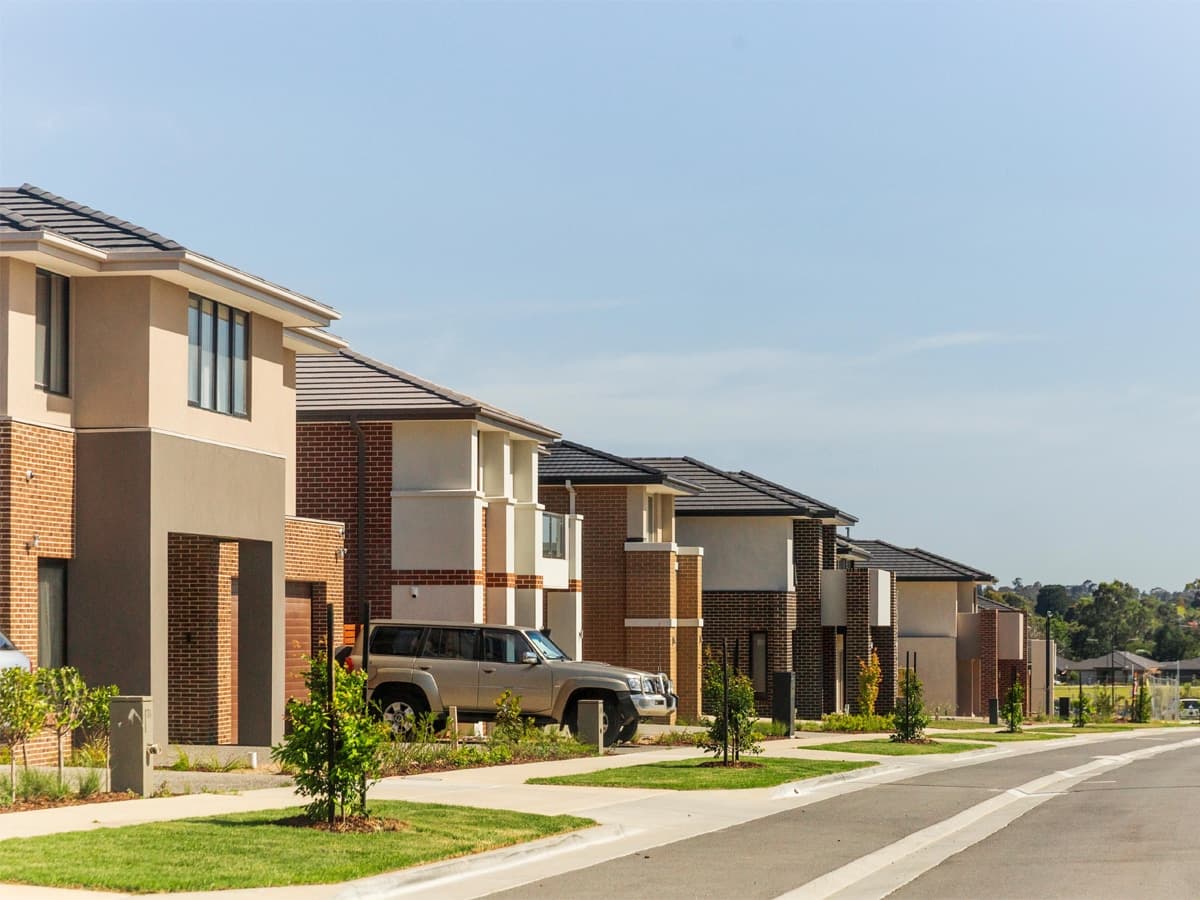
Explaining the Federal ‘Help to Buy’ Scheme: A Lifeline in Australia’s Housing Affordability Crisis?
Australia’s housing affordability crisis has become one of the nation’s most pressing economic and social challnges. And while most Australians are fully aware of skyrocketing house prices, new data shows the depth of the problem is far worse than many realise.
In a video released earlier this year, ABC financial journalist Alan Kohler addressed an annual report from research house Demographia, which found Sydney to be the “most expensive, least affordable city on the planet” in 2025. Ouch.
Around the globe, most countries are grappling with a similar issue. As the divide between the haves and the have-nots gets wider, housing has become a primary focal point of the economic gap. Here in Australia, where the housing market has been deemed “impossibly unaffordable,” the federal government is taking action with a new “Help to Buy” scheme.
The question now is whether this policy will ease the crisis or offer only temporary relief.
A State of “Genuine Emergency”
In his video report, Alan Kohler called Australia’s housing crisis a “genuine emergency,” and Harbour City makes his case. In May 2025, the median price of any Sydney dwelling (homes and apartments) reached an eye-watering $1.2 million, a whopping 14.7 times the median wage (approximately $81,000) for a person living in NSW.
Meanwhile, the affordability crisis isn’t isolated to one particular city. Whereas Sydney’s “median multiple” (denoting the cost of a home in relation to median income) is a world-topping 14.7, Australia’s is 9.7. According to Demographia, any median multiple over 9 falls into the category of “impossibly unaffordable.”
What’s worse, the housing crisis isn’t indicative of any short-term trend. In fact, Sydney was already near the top of the list of the world’s least affordable cities in 2014, a problem that has worsened since then.
With property prices outpacing incomes, low- and middle-income earners are being squeezed out of the market altogether. It’s also worth noting that Australia’s housing supply struggles to keep up with demand, a problem that can’t necessarily be resolved by government equity schemes.
Nevertheless, Australia’s federal government passed the Help to Buy scheme in 2024. It addresses housing affordability with a focus on reducing the cost of deposits and mortgages, in particular.
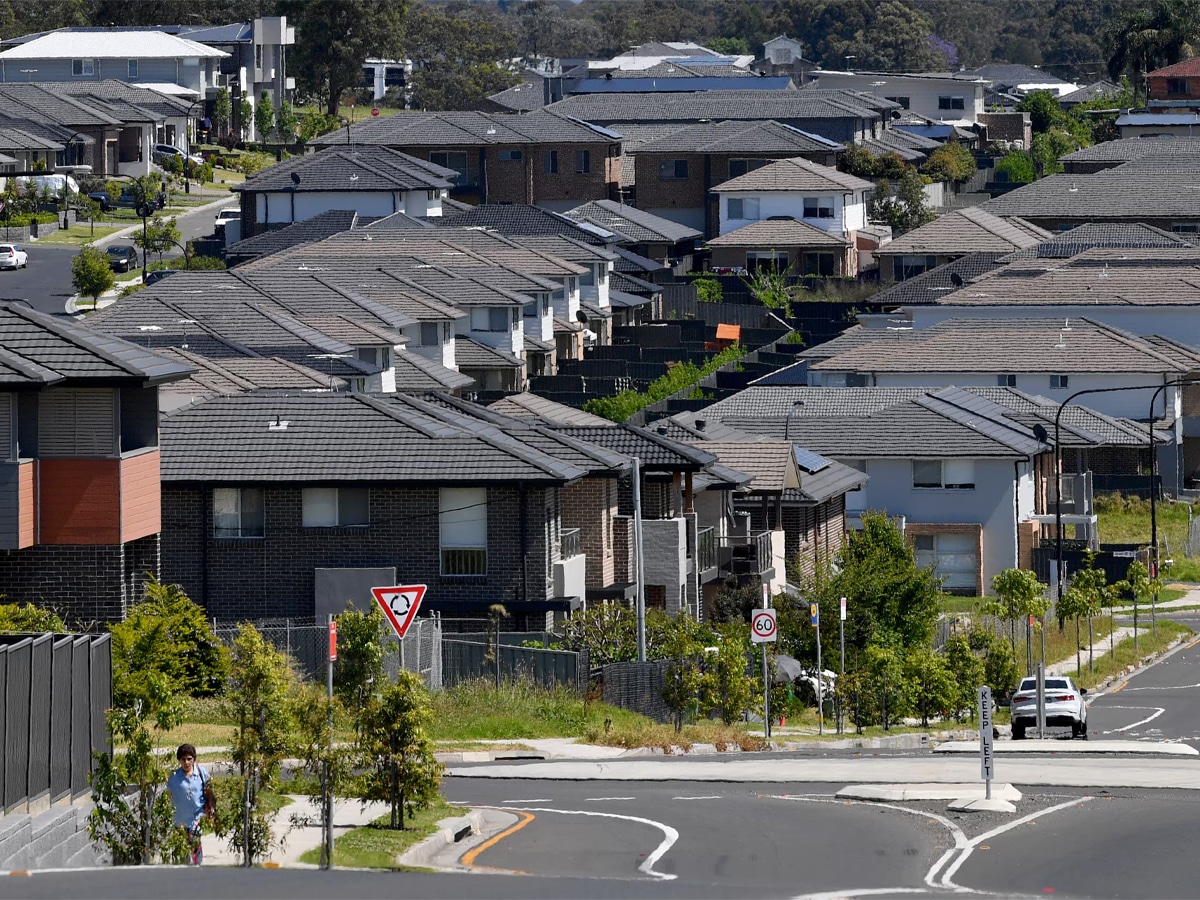
What is the “Help to Buy” Scheme and How Does It Work?
Backed by a policy budget of $6.3 billion, the Help to Buy scheme aims to make housing more affordable for approximately 40,000 Australians. Not a cash grant or a loan guarantee, this is a shared equity program that effectively makes the government a silent partner in the purchase of a new home.
ABC News explains, “The scheme is based on a shared equity platform, in which the government provides first-time home buyers with a financial contribution to their loan so they can buy a property. That contribution will account for 30 per cent of an eligible applicant’s home loan for an established property and up to 40 per cent for a new build.”
As for interest payments, the Help to Buy scheme makes the government a co-purchaser, rather than a lender. Which means the buyer owes no rent or interest on the government’s share of ownership. The buyer’s stake is a minimum 2% deposit, and they must be able to secure a standard home loan – with interest – for the remaining portion of the purchase price.
As a result of the Help to Buy scheme, first-time buyers are expected to see significant savings. For example, a buyer with a $519,000 home loan and an average interest rate is expected to save approximately $900 per month on an existing property, or $1,200 per month on a new build.
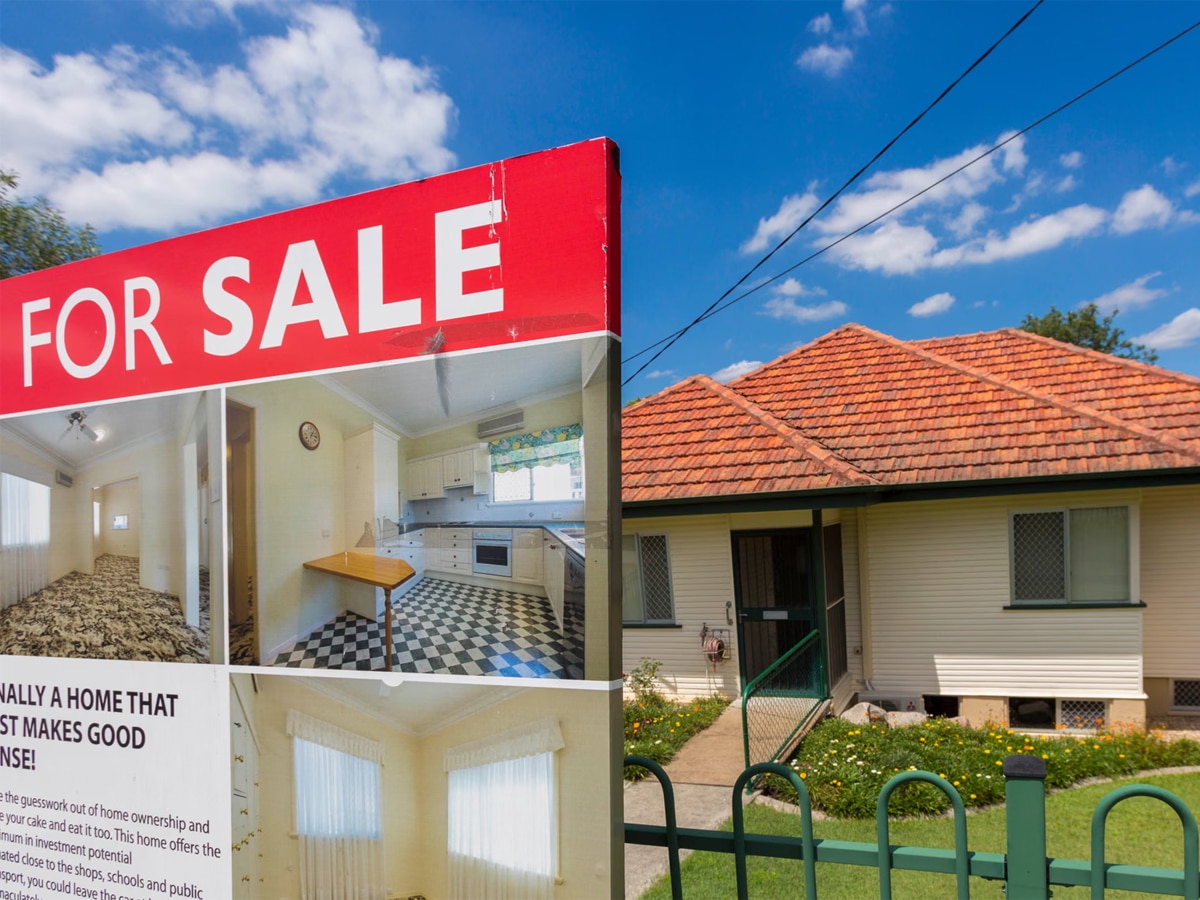
Who’s Eligible For the Government’s Help?
The Help to Buy scheme is primarily designed to aid first-time home buyers, but people “returning to home ownership” are also eligible to apply. To ensure that the scheme benefits low-to-middle-income earners, specific criteria have been put in place, including:
- be an Australian citizen aged 18 years or older
- earn up to $100,000 per year for individuals or $160,000 for joint applicants
- purchase within the property price caps
- provide a minimum 2% deposit
- intend to live in the purchased property as their principal place of residence
- not currently own property in Australia or overseas
- be unable to purchase a home without Help to Buy
- pay all property purchase fees and taxes (including stamp duty)
- be able to service a mortgage with an authorised Participating Lender.
Please note: The Australian Government 5% Deposit Scheme does include Permanent Residents in its eligibility criteria.
The scheme also implements location-based price caps on home values. For example, people buying in Sydney and other NSW-based regional centres will experience the highest price cap of $1.3 million. Here’s a quick rundown of the price caps in Australia’s major cities:
- Sydney: $950,000
- Brisbane: $700,000
- Canberra: $750,000
- Melbourne: $850,000
- Adelaide: $600,000
- Perth: $600,000
- Hobart: $600,000
- Darwin: $600,000
Will the Scheme Actually Help?
Like any massive government program, the Help to Buy scheme has both benefits and risks. Potential applicants should consider the following factors before partaking, even if they meet the criteria.
Potential benefits:
- The 2% minimum deposit reduces the primary barrier to entry.
- Lender’s Mortgage Insurance is eliminated, saving thousands over time.
- Borrowing less means lower monthly mortgage repayments.
Potential Risks (The “Hurdles”):
- If the property value falls, the buyer could owe more on their mortgage than their share of the home is worth.
- The scheme could fuel more demand in the starter-home market, thereby pushing home prices even higher.
- The government’s share is repaid based on the property’s value at the time of buyback or sale. If the value doubles, so does the amount owed to the government.
One Final Consideration
Australia’s Help to Buy scheme is a path paved with great intentions, but the question remains: does it address the fundamental imbalance between supply and demand, which many suggest is the root cause of the crisis?
Ultimately, the program’s success may depend on whether there’s a broader strategy to fix Australia’s housing supply issues. In the meantime, no one will argue with the benefits of affordable homeownership.
Help to Buy applications are expected to open later this year.











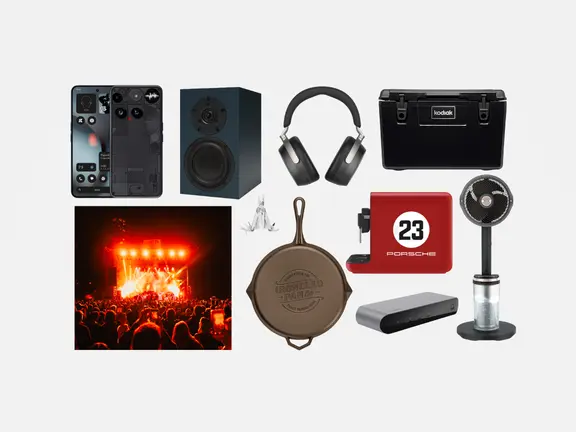















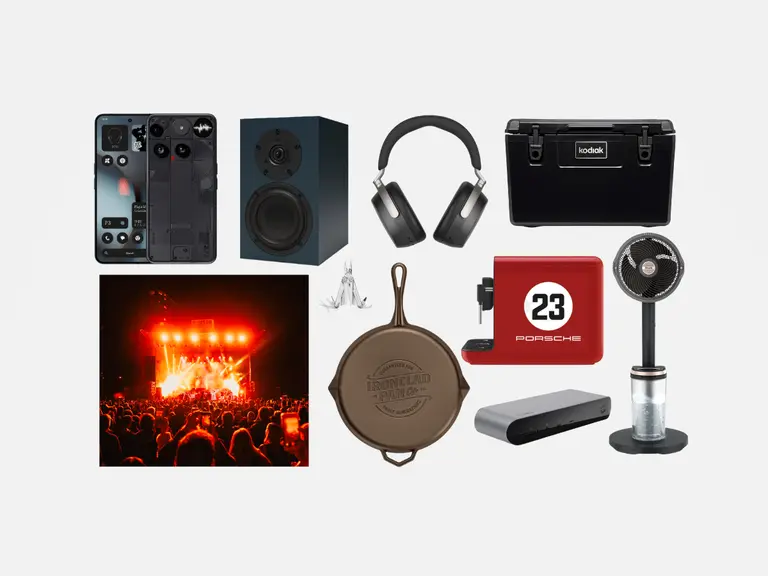






Comments
We love hearing from you. or to leave a comment.